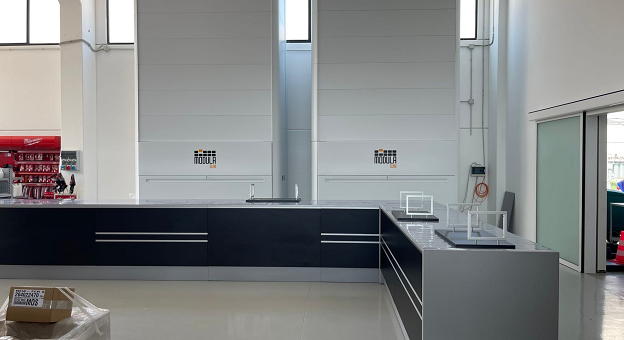
Are you thinking about upgrading to automated storage with a vertical carousel (VC) system or vertical lift module (VLM)?
Choosing the best technology for your business can be challenging—that’s why we’re here to help clarify the differences between VCs and VLMs.
In this article, we’ll explore the mechanical, operational, and cost differences between vertical carousels and vertical lift modules to help you make an informed decision.
Vertical Carousels (VCs) vs. Vertical Lift Modules (VLMs): An Overview
Though both vertical carousels (VCs) and vertical lift modules (VLMs) are automated storage and retrieval systems (ASRS) designed to optimise space and improve warehouse efficiency, they operate differently.
Let’s start with vertical carousels.
Introduced in the 1950s, vertical carousel (VC) storage systems operate like a Ferris wheel by storing small items on trays attached to a rotating chain.
Designed primarily for items of similar size and weight, vertical carousel storage systems are also called “storage carousels” or “vertical rotating shelf systems”.
Vertical carousels minimise the storage footprint, making them ideal for facilities with limited floor space. They present items at an ergonomic height. This reduces the need to bend or climb and decreases potential warehouse hazards.
On the other hand, vertical lift module storage systems use a more advanced design resembling a vending machine and retrieve items without rotating all of their contents.
A vertical lift module follows the goods-to-person principle. An inserter/extractor mechanism selects individual trays, delivers them to a bay, and then returns them to their positions.
This allows warehouse operators to access items quickly and efficiently, reducing time and effort for easy inventory retrieval.
Vertical lift modules offer notable advantages for most applications — they save space and manage heavier products, such as pallets.
They feature a height-detection system that measures product height on a tray as it stores, allowing the system to streamline storage density in real time.
Moreover, vertical lift modules maximise the use of available vertical space more efficiently than vertical carousels by automatically adjusting spacing between shelves based on the size of the stored items.
Vertical Carousels (VCs) vs. Vertical Lift Module (VLM) Storage Systems: Key Differences
Vertical carousels and vertical lift modules primarily differ in their storage mechanics and accessibility features, including:
Storage Capacity
- Height and Depth:Vertical lift modules can reach heights of up to 100 meters, while VCs typically max out at around 32 meters due to balance issues. In terms of footprint, VLMs are typically deeper (10-18 meters) compared to VCs (up to five meters deep). VLMs also provide higher storage density by dynamically adjusting tray heights.
- Load Capacity:Vertical lift modules can handle heavier loads, with individual trays capable of supporting up to 998 kilograms. In contrast, VCs usually have a maximum capacity of about 635 kilograms per carrier, making them more suitable for lighter SKUs.
Efficiency and Speed
- Picking Speed:Vertical lift modules provide faster retrieval, as they only move the required tray. On the other hand, vertical carousels require the entire system to rotate.
- Installation and Maintenance:Vertical lift modules (arriving in modular sections) typically take just two days to install. Alternatively, vertical carousels (being one solid unit) require up to four days to install.
Applications
- Vertical Carousels:Vertical carousels are best suited for environments with limited ceiling height or where items are similar in size and weight. They are often used in settings where lighter items require quick access like medical distribution or component storage.
- Vertical Lift Modules:Vertical lift modules are ideal for warehouses with high ceilings, efficiently handling diverse inventory sizes and weights. They are also particularly beneficial for operations managing heavy items, such as industrial parts or bulk materials, making them essential for facilities with frequent inventory turnover or seasonal shifts in product types.
Costs
- Vertical Carousels:Size, features, delivery, installation, and maintenance all play a role in vertical carousel storage system costs. New systems typically range from AUD 96,500 to 129,000, while used models cost between AUD 48,000 and 64,000. However, older models may come with outdated technology. In addition to the purchase price, consider installation costs. This covers electrical setup and software integration, with installation costs averaging approximately AUD 16,000.
- Vertical Lift Modules:VLMs start at approximately AUD 121,000, with final costs depending on factors such as accessories, unit dimensions, and software requirements. While upfront costs are comparable to vertical carousels, VLMs offer better long-term value due to enhanced efficiency and adaptability. Generally, VLM installation is less complex and starts at AUD 19,300. This cost includes unit installation, software setup, integration, and basic staff training.
Choosing Between a Vertical Lift Module (VLM) and Vertical Carousel (VC): Which Is Right for You?
When choosing between a VC and a VLM, ask yourself the following questions to determine which best suits your operational needs:
1.Do you want to take advantage of vertical space?
A survey revealed that 36% of respondents identified insufficient inventory space as a major challenge for warehouse operators.
To maximise your facility’s space, count on VLMs to optimise vertical storage and dynamically adjust shelf heights based on the SKU’s dimensions.
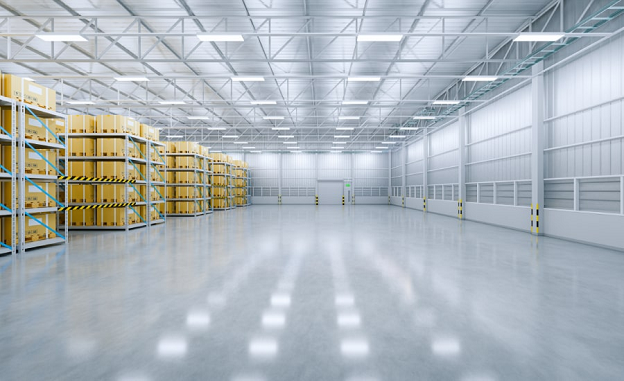
2.How often do you need to access items?
VLMs are the way to go if your operations require frequent access to a diverse range of items.
For example, if you run a distribution centre that handles a range of products—from electronics to clothing—a VLM can help your warehouse operators quickly and efficiently retrieve items during order picking.
3.What operational speed do you need?
In environments where time is crucial and rapid retrieval impacts workflow, consider vertical lift modules.
They operate at high speeds and allow access to multiple items from different shelves simultaneously.
This is especially beneficial in settings like automotive assembly lines or pharmaceutical distribution, where saving time on item retrieval can significantly boost efficiency.
4.What is your budget?
If you have a larger budget and seek a long-term, efficient, and adaptable solution, investing in a VLM is an excellent choice.
For instance, a manufacturing facility that stores high-value items can use the VLM’s advanced features and flexibility to prevent theft.
Find Cutting-Edge Vertical Lift Modules (VLMs) at Modula APAC
At Modula APAC, we provide automated vertical lift modules that expand your warehouse space by efficiently utilising your available ceiling height.
Our systems ensure your warehouse staff can easily access inventory, all while keeping goods stored in a safe and secure environment.
If you want to upgrade your storage space and improve operational efficiency, we offer a range of vertical lift modules, including:
- Modula Lift: Our most popular vertical lift module, Modula Lift, comes in a variety of sizes and capacities, helping businesses streamline and modernise their operations.
- Modula Slim: Modula Slim incorporates the same innovative storage technology as the Lift model, delivering equivalent advantages — greater efficiency and increased picking precision — in a more space-saving design. It’s perfect for storing individual materials and smaller items, such as boxes, bins, spare components, coils, bottles, and more.
- Modula Next: Modula NEXT, our next generation lift module, is equipped with advanced safety controls for automated warehouse picking. Its expertly designed bay opens only to the designated compartment, eliminating picking errors and item loss.
Reach out to our team to understand how our innovative vertical lift modules can streamline your warehouse operations.
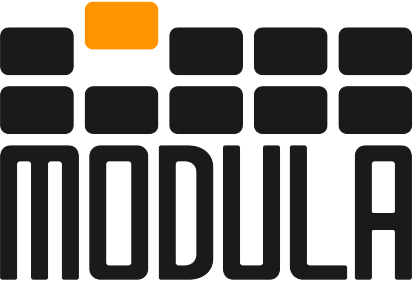
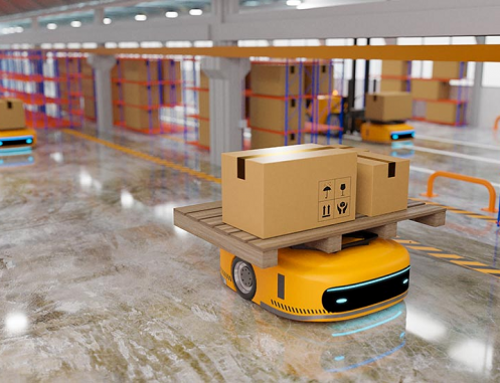
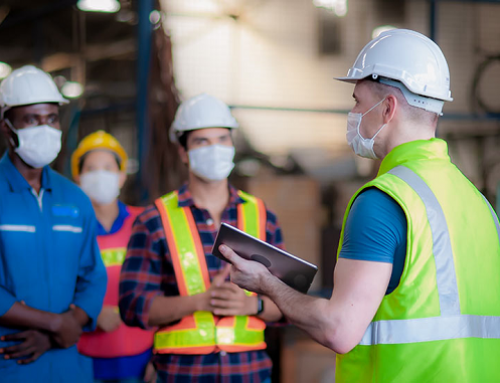
![ROI for Warehouse Robotics and WMS [Timeline & Formula]](https://www.modula.cn/wp-content/uploads/2025/06/图片2-1-500x383.png)
![What Is the Role of 3PL? [+ Order Fulfilment Process]](https://www.modula.cn/wp-content/uploads/2025/05/图片1-4-500x383.png)



